Home>Dining>Events & Etiquette>How To Write Hosting Details On A Rehearsal Dinner Invitation
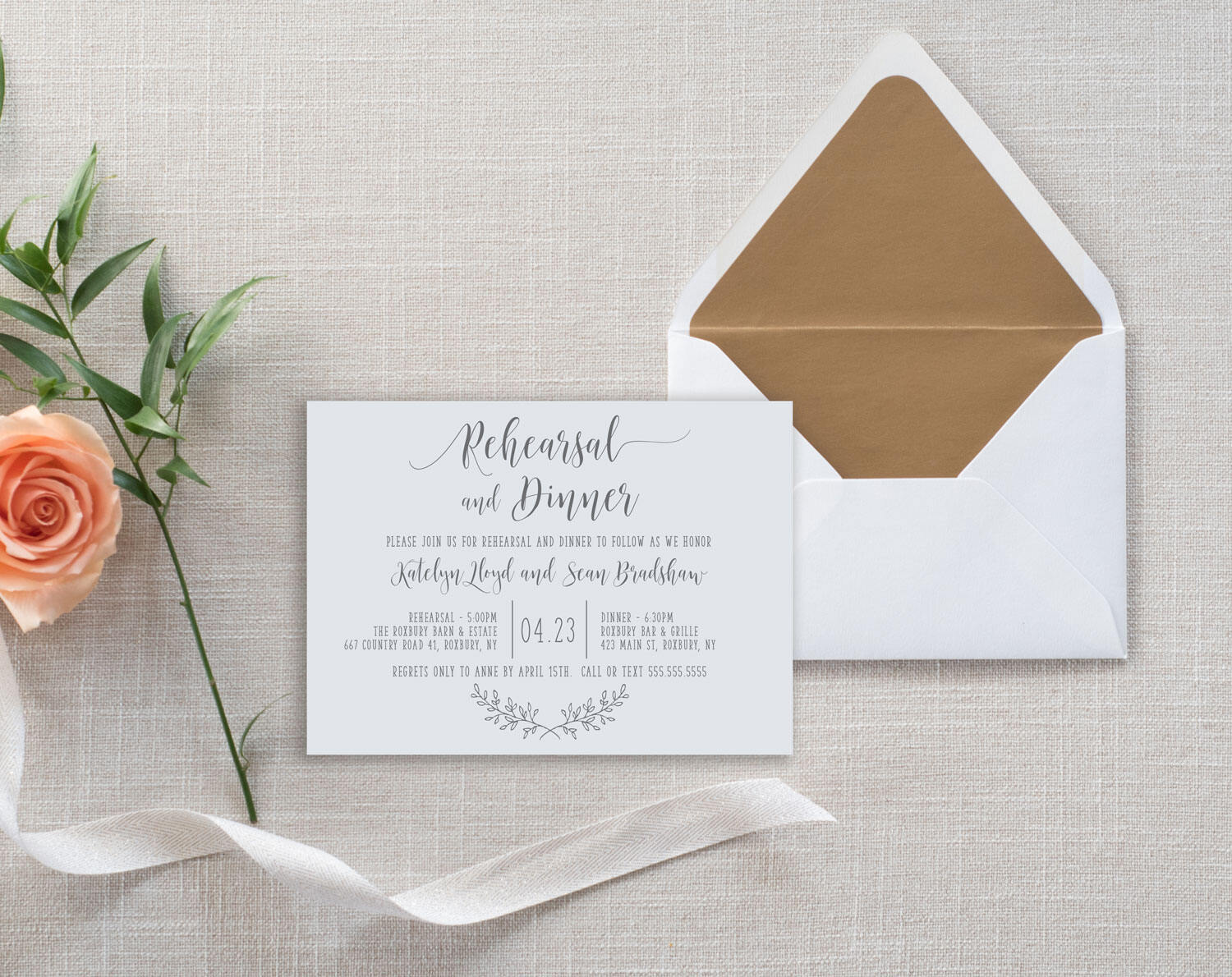

Events & Etiquette
How To Write Hosting Details On A Rehearsal Dinner Invitation
Modified: February 24, 2024
Learn the proper event and etiquette for including hosting details on a rehearsal dinner invitation with our step-by-step guide on How to Write Hosting Details on a Rehearsal Dinner Invitation.
(Many of the links in this article redirect to a specific reviewed product. Your purchase of these products through affiliate links helps to generate commission for Storables.com, at no extra cost. Learn more)
Introduction
When planning a rehearsal dinner, one of the key elements to consider is how to properly convey the hosting details on the invitation. Hosting details include information such as who is hosting the event, the venue, time, and any additional instructions or details. This crucial information sets the tone for the event and ensures that guests are aware of the logistics and etiquette surrounding the rehearsal dinner.
In this article, we will guide you through the steps to effectively write hosting details on a rehearsal dinner invitation. By following these guidelines, you can create an invitation that not only provides the necessary information but also reflects the style and tone of your event.
So let’s get started and ensure that your rehearsal dinner invitation is both informative and elegant!
Key Takeaways:
- Selecting the right wording and tone for your rehearsal dinner invitation is crucial to set the event’s style and convey the desired level of formality. Consider the theme, event description, and guest list when crafting the wording.
- Including clear and concise event details, RSVP information, and additional instructions on your rehearsal dinner invitation ensures that guests are well-informed and prepared for a delightful and memorable experience.
Step 1: Selecting the Appropriate Wording
Choosing the right wording for your rehearsal dinner invitation is crucial, as it sets the tone for the event and conveys the desired level of formality. The wording should be clear, concise, and reflective of the style of the event. Here are a few considerations to keep in mind when selecting the appropriate wording:
- Formal or casual: Determine the level of formality you want to convey for your rehearsal dinner. This will influence the choice of words and overall tone of the invitation. For a formal event, you may want to use more traditional and sophisticated language. For a casual gathering, a more relaxed and informal tone may be appropriate.
- Tone and theme: Consider the overall tone and theme of your rehearsal dinner. If you’re hosting a themed event, incorporate elements of the theme into the invitation wording. For example, if you’re having a beach-themed rehearsal dinner, you can use phrases like “Join us for a seaside celebration” or “Come toast to love by the ocean.”
- Event description: Clearly describe the purpose of the event on the invitation. Whether it’s a formal dinner, a casual gathering, or a cocktail reception, make sure your guests understand what to expect. Use descriptive words to paint a picture of the atmosphere and style of the event.
- Persuasive language: Use persuasive language to entice your guests and make them feel excited about attending. Highlight the unique aspects of your rehearsal dinner, such as special entertainment, a signature dish, or personalized touches, to create a sense of anticipation.
- Consider the guest list: Take into account the relationship you have with your guests when selecting the wording. If the majority of the guests are close friends or family, a more casual and personal tone may be appropriate. If there are more formal acquaintances or colleagues on the guest list, opt for a more formal and respectful tone.
By carefully selecting the appropriate wording for your rehearsal dinner invitation, you can ensure that it accurately represents the style of the event and creates the right expectations for your guests.
Step 2: Including the Event Details
Now that you have determined the overall tone and style of your rehearsal dinner invitation, it’s time to include the essential event details. These details will provide your guests with the necessary information to plan and attend the event. Here are the key event details to include:
- Date: Clearly state the date of the rehearsal dinner. Be specific and include the day of the week to avoid any confusion.
- Time: Indicate the start time of the event. Include both the actual start time and the time guests should arrive to ensure everyone is punctual.
- Duration: If you have a specific duration planned for the rehearsal dinner, mention it on the invitation. This helps guests know how long they should expect to be in attendance.
- Dress code: Specify the dress code for the event to guide guests in choosing appropriate attire. Whether it’s black-tie, semi-formal, or casual, make sure your guests are aware of the expected dress style.
- Theme or special requirements: If your rehearsal dinner has a theme or if there are any special requirements, such as costumes or specific attire, make sure to mention it in the invitation. This will allow guests to prepare accordingly.
When including the event details on the invitation, it’s important to use clear and concise language. Avoid ambiguity or overly complex wording that may confuse your guests. Keep the focus on providing the necessary information while maintaining the desired tone and style of your rehearsal dinner.
Remember, the event details are essential for guests to plan their attendance, so be sure to make them prominent and easy to read on the invitation. By including these details, you’ll ensure that your guests are well-informed and prepared for your rehearsal dinner.
Step 3: Adding the Host’s Name
When it comes to a rehearsal dinner invitation, it’s important to clearly communicate who is hosting the event. Adding the host’s name not only provides a sense of formality and organization but also helps guests understand who is responsible for the arrangements. Here are some tips for adding the host’s name to your rehearsal dinner invitation:
- Full name: Start by including the full name of the host or hosts. This could be the parents of the bride and groom, the couple themselves, or any other designated hosts. Using the full names helps to establish a personal connection and shows respect to the hosts.
- Title or relationship: Depending on the situation, you may also want to include the host’s title or their relationship to the couple. For example, if the father of the bride is hosting, you can mention “Mr. John Smith, Father of the Bride.” This adds a personal touch and clarifies the host’s role.
- Placement on the invitation: The host’s name is typically placed at the top of the invitation, before any other details. This highlights their role and sets the tone for the entire event. You can use bold or enlarged font to make the host’s name stand out.
Remember to consider the dynamics and relationships within the family or the hosting group when including the host’s name. Ensure that everyone involved agrees on how the invitation will reflect the hosting arrangement.
Adding the host’s name to your rehearsal dinner invitation not only conveys the necessary information but also gives credit and recognition to those responsible for hosting the event. It creates a sense of warmth and hospitality, making your guests feel welcomed and appreciated.
When writing hosting details on a rehearsal dinner invitation, be sure to include the host’s name, the date, time, and location of the event, and any additional information such as dress code or RSVP details.
Step 4: Mentioning the Venue and Time
The venue and time are two crucial pieces of information that must be clearly communicated on your rehearsal dinner invitation. Including these details ensures that your guests know where and when to attend the event. Here are some tips for effectively mentioning the venue and time:
- Venue details: Clearly state the name and address of the venue where the rehearsal dinner will be held. Include any additional information that may be helpful, such as parking instructions or landmarks to make it easier for guests to locate the venue.
- Time: Indicate the start time of the event, ensuring that guests know when to arrive. It’s also helpful to include an end time, especially if your event has a specific duration. This gives guests a clear idea of how long they should expect to be in attendance.
- Format: If your rehearsal dinner is a formal sit-down dinner, a buffet, or a cocktail reception, mention the format of the event. This helps guests understand what to expect and plan accordingly.
- Map or directions: If the venue is unfamiliar to many guests or if the location is difficult to find, consider including a map or detailed directions. This eliminates any confusion and ensures a smooth arrival for your guests.
When mentioning the venue and time on your invitation, it’s important to use clear and concise language. Avoid using abbreviations or unfamiliar terms that may confuse your guests. Use a font style that is easy to read and consider using bold or larger text for the venue details and time.
By clearly mentioning the venue and time on your rehearsal dinner invitation, you provide your guests with the necessary information to plan their attendance. This ensures a smooth and enjoyable experience for everyone involved.
Read more: What To Write In A Dinner Invitation
Step 5: Including RSVP Information
When planning a rehearsal dinner, it’s important to have a clear understanding of how many guests will be attending. Including RSVP information on your invitation allows you to gather the necessary responses and plan accordingly. Here are some guidelines for including RSVP information:
- RSVP deadline: Clearly state the deadline by which guests must RSVP. This gives them a timeframe to respond and helps you make necessary arrangements for the event.
- Preferred method of response: Specify the preferred method of response, such as email, phone call, or a pre-designed RSVP card. This ensures that you receive the responses through a centralized method and helps you keep track of the guest count.
- Contact information: Provide the necessary contact information for RSVP responses. This includes an email address, phone number, or a mailing address, depending on the preferred method of response.
- Names of guests: Request that guests kindly include the names of all attendees when they RSVP. This helps you keep track of who will be present and can assist with seating arrangements.
- Special requests or dietary restrictions: If you have any specific requests or need to accommodate dietary restrictions, ask guests to kindly inform you of any special requirements when they RSVP.
When adding RSVP information to your rehearsal dinner invitation, make sure it is prominently displayed and easy to read. You can consider using a separate card or including a pre-addressed and stamped envelope for guests to send their response.
By including RSVP information on your rehearsal dinner invitation, you make it easy for guests to respond and help ensure a smooth planning process for your event. It allows you to gather the necessary information and make any necessary accommodations in a timely manner.
Step 6: Providing Additional Details or Instructions
While the main purpose of a rehearsal dinner invitation is to convey the essential details, there may be additional information or instructions that you need to communicate to your guests. This can include specific instructions, special requests, or any other pertinent details related to the event. Here are some tips for providing additional details or instructions on your rehearsal dinner invitation:
- Transportation: If there are any transportation arrangements or shuttle services provided for the event, mention the details on the invitation. This includes pick-up points, departure times, and any other relevant information.
- Parking: If parking is limited at the venue or if there are specific parking instructions, make sure to include these details. This helps guests plan their arrival and ensures a smooth parking experience.
- Attire guidelines: In addition to the dress code mentioned earlier, you can provide specific attire guidelines if necessary. For example, if you are having an outdoor event, guests may need to bring a light jacket or wear comfortable shoes.
- Gift information: If you have any preferences or suggestions regarding gifts, whether it’s specifying a registry or stating your preference for no gifts, make sure to mention it on the invitation. This helps guests understand your expectations and allows them to appropriately plan their gift-giving.
- Seating arrangements: If you have specific seating arrangements or if assigned seating will be in place, communicate this information to your guests. You can either mention it directly on the invitation or provide a separate card with seating details.
- Special performances or surprises: If you have any special performances or surprises planned for the rehearsal dinner, mention them as a teaser on the invitation. This generates excitement and anticipation among the guests.
When providing additional details or instructions, make sure to keep the language clear and concise. Use bullet points, separate sections, or headings to make the information easily accessible and readable.
By including these additional details or instructions on your rehearsal dinner invitation, you ensure that guests are well-informed and can plan accordingly. It helps set expectations and creates a seamless experience for everyone attending your event.
Conclusion
Planning a rehearsal dinner is an exciting part of the overall wedding celebration, and the invitation plays a crucial role in conveying important information to your guests. By following the steps outlined in this article, you can effectively write hosting details on your rehearsal dinner invitation and create an invitation that is informative, elegant, and reflects the style of your event.
In Step 1, we discussed the importance of selecting the appropriate wording, considering the formality, tone, and theme of your event. Step 2 focused on including the essential event details such as the date, time, duration, dress code, and any special requirements or themes. In Step 3, we explored the significance of adding the host’s name to provide recognition and establish a personal connection.
In Step 4, we emphasized the importance of clearly mentioning the venue and time, providing guests with the necessary information to plan their attendance. Step 5 highlighted the need to include RSVP information, allowing you to gather responses and make necessary arrangements. Finally, in Step 6, we discussed providing additional details or instructions, such as transportation, parking, attire guidelines, gift information, seating arrangements, and any surprises or special performances.
By carefully considering each of these steps, you can create a comprehensive rehearsal dinner invitation that not only provides the necessary logistics but also reflects the style and tone of your event. Your guests will be well-informed and prepared to attend, ensuring a delightful and memorable rehearsal dinner experience.
Remember, as you write your rehearsal dinner invitation, it’s important to strike a balance between being informative and engaging while incorporating SEO optimization techniques to improve visibility in search engines. With a well-crafted invitation, you set the stage for a beautiful and memorable rehearsal dinner that will leave a lasting impression on your guests.
Frequently Asked Questions about How To Write Hosting Details On A Rehearsal Dinner Invitation
Was this page helpful?
At Storables.com, we guarantee accurate and reliable information. Our content, validated by Expert Board Contributors, is crafted following stringent Editorial Policies. We're committed to providing you with well-researched, expert-backed insights for all your informational needs.
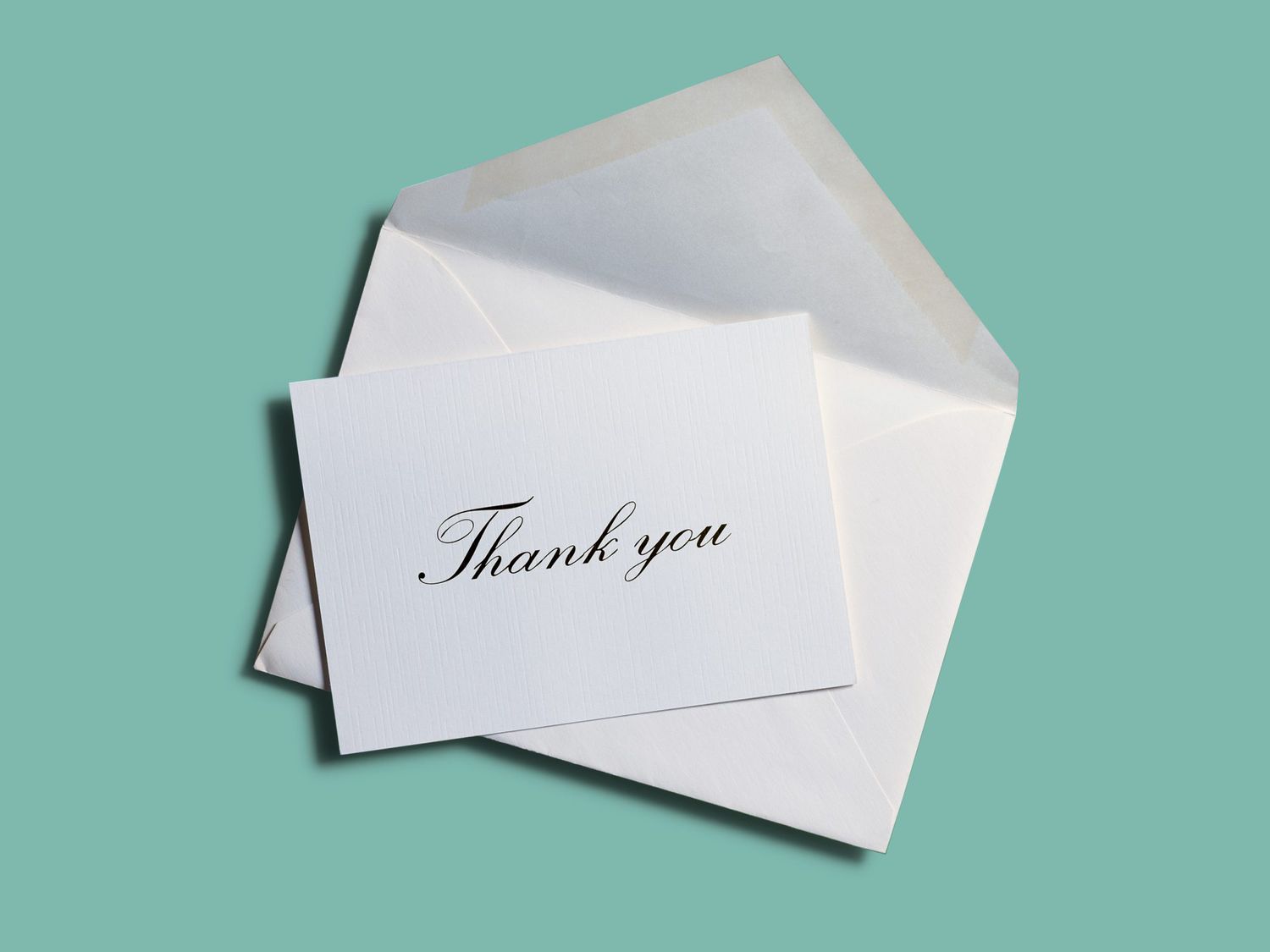

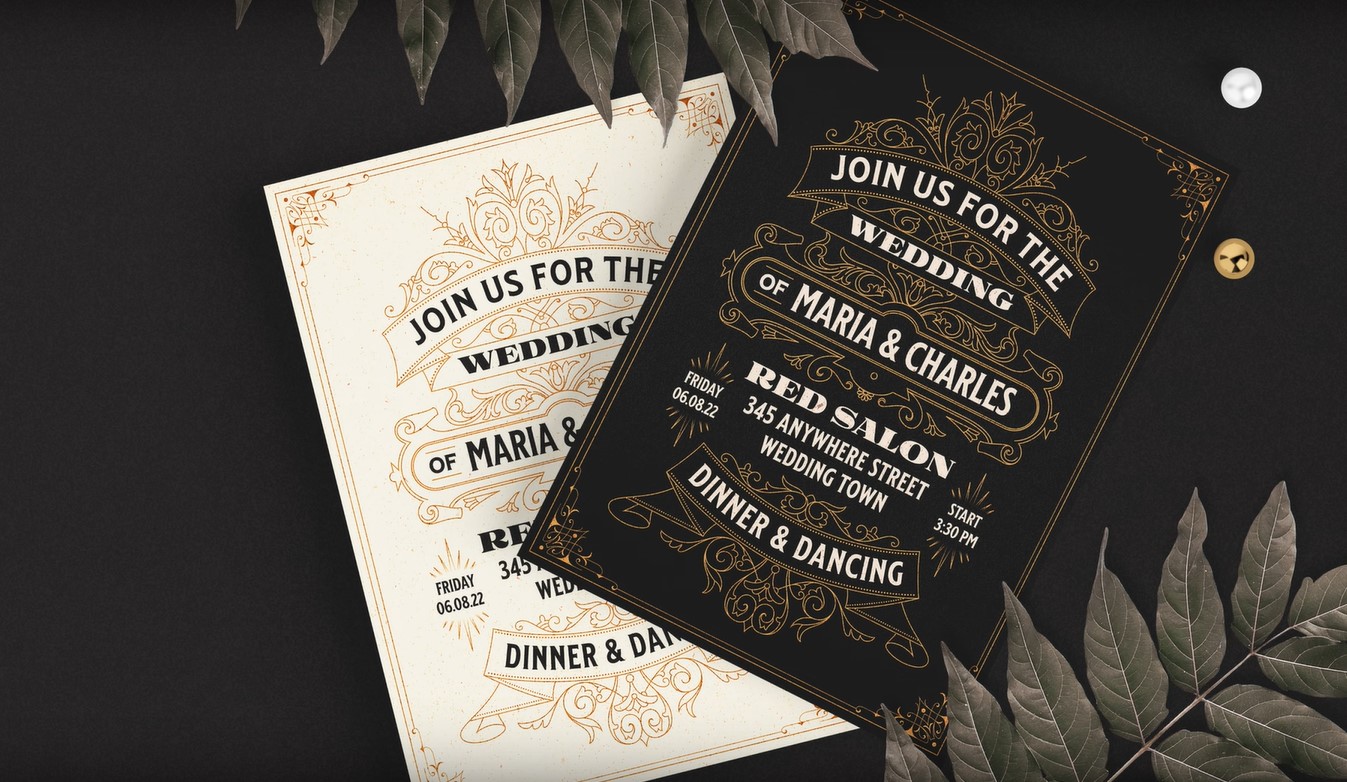

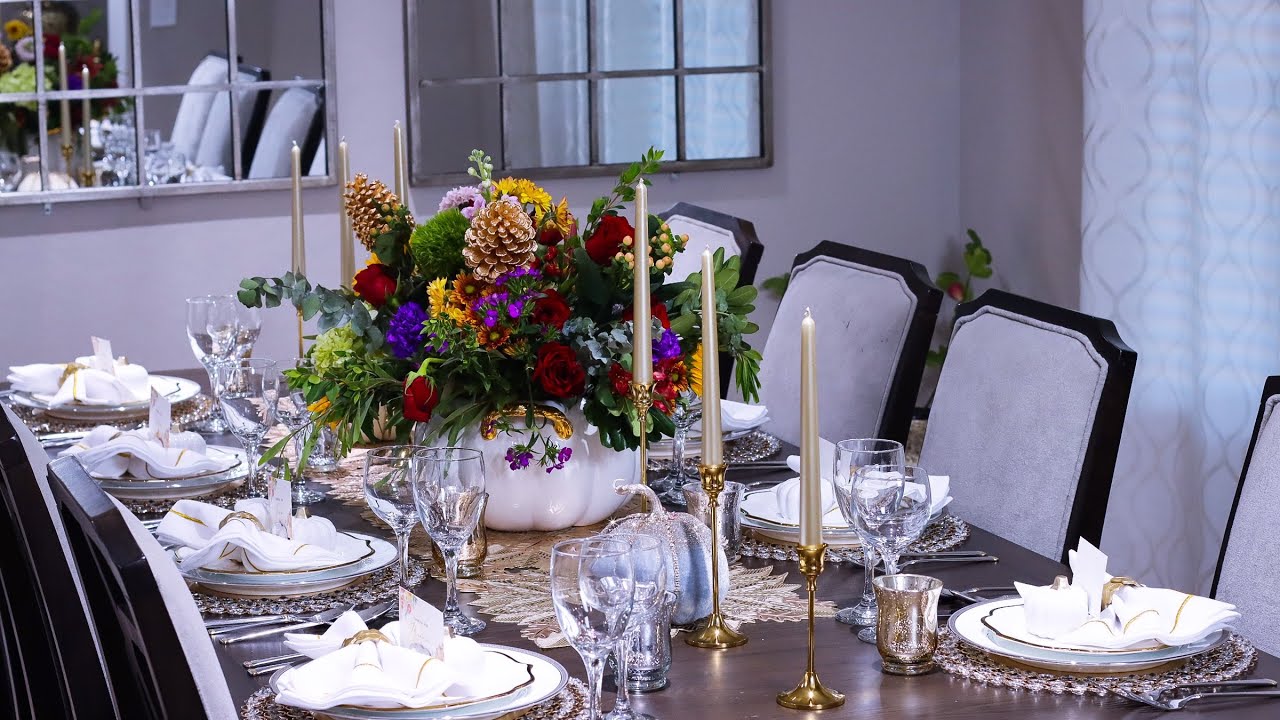
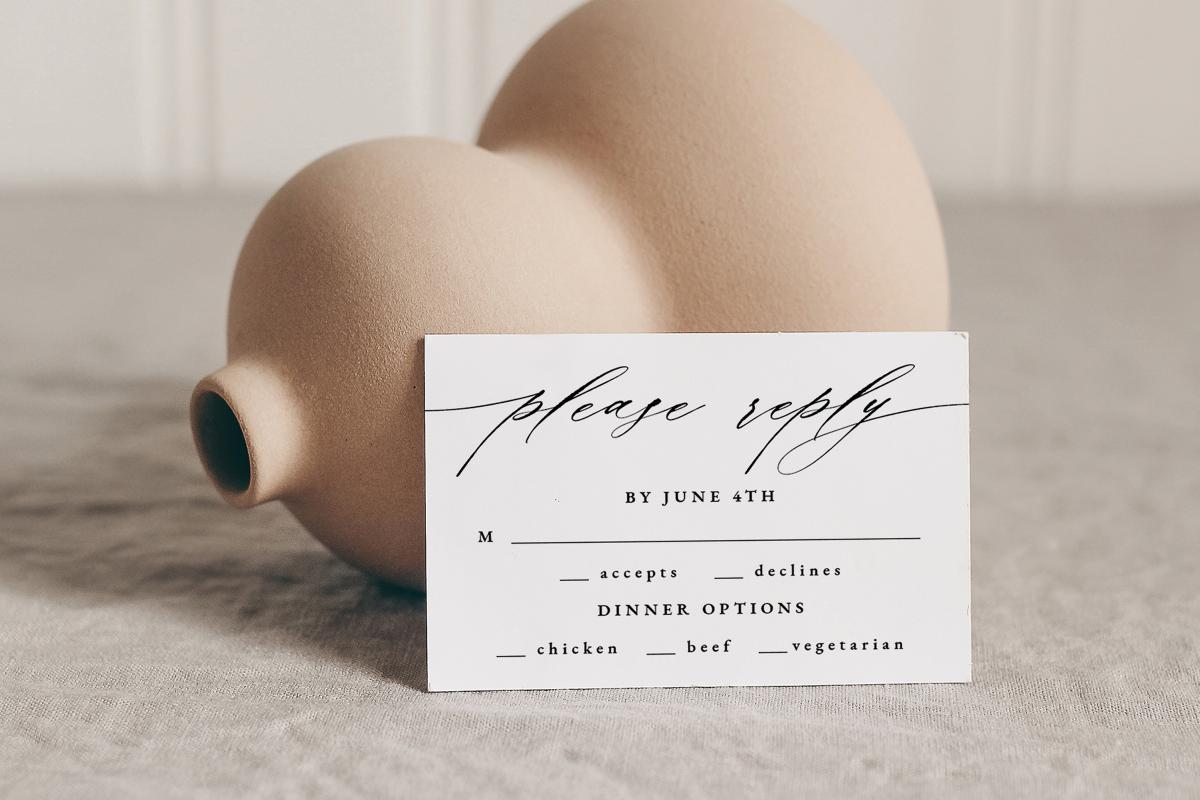
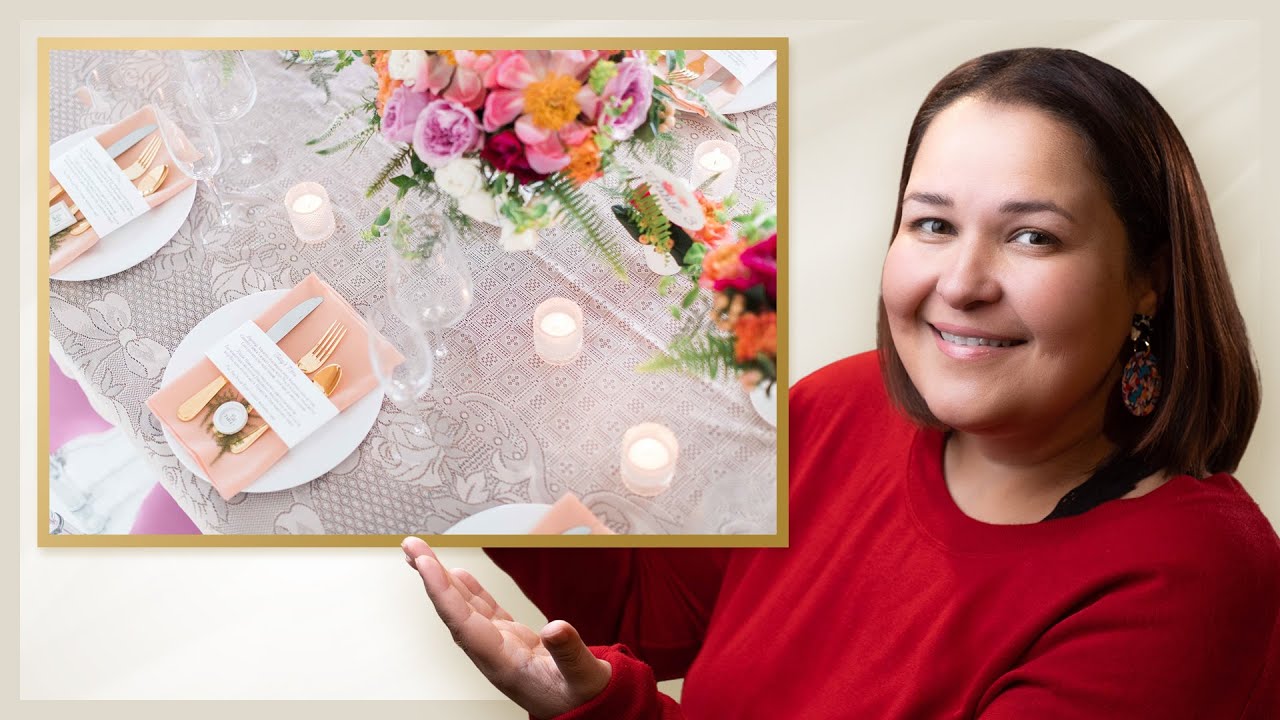
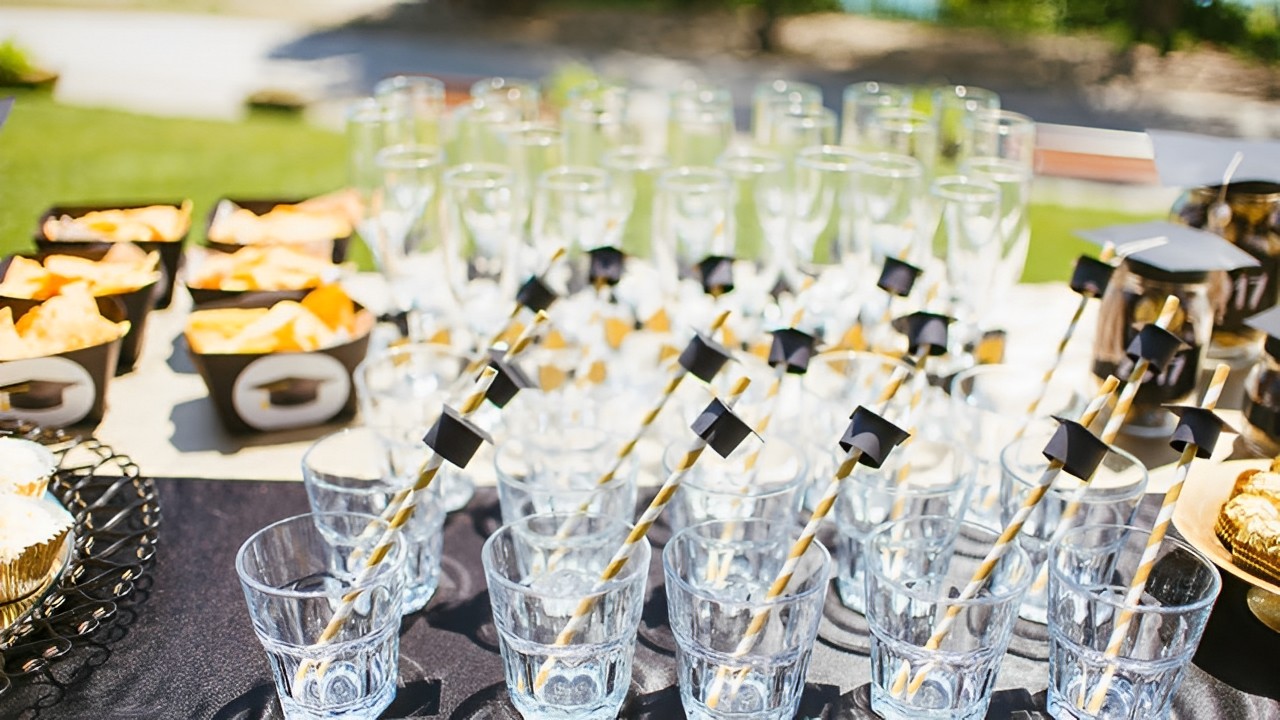



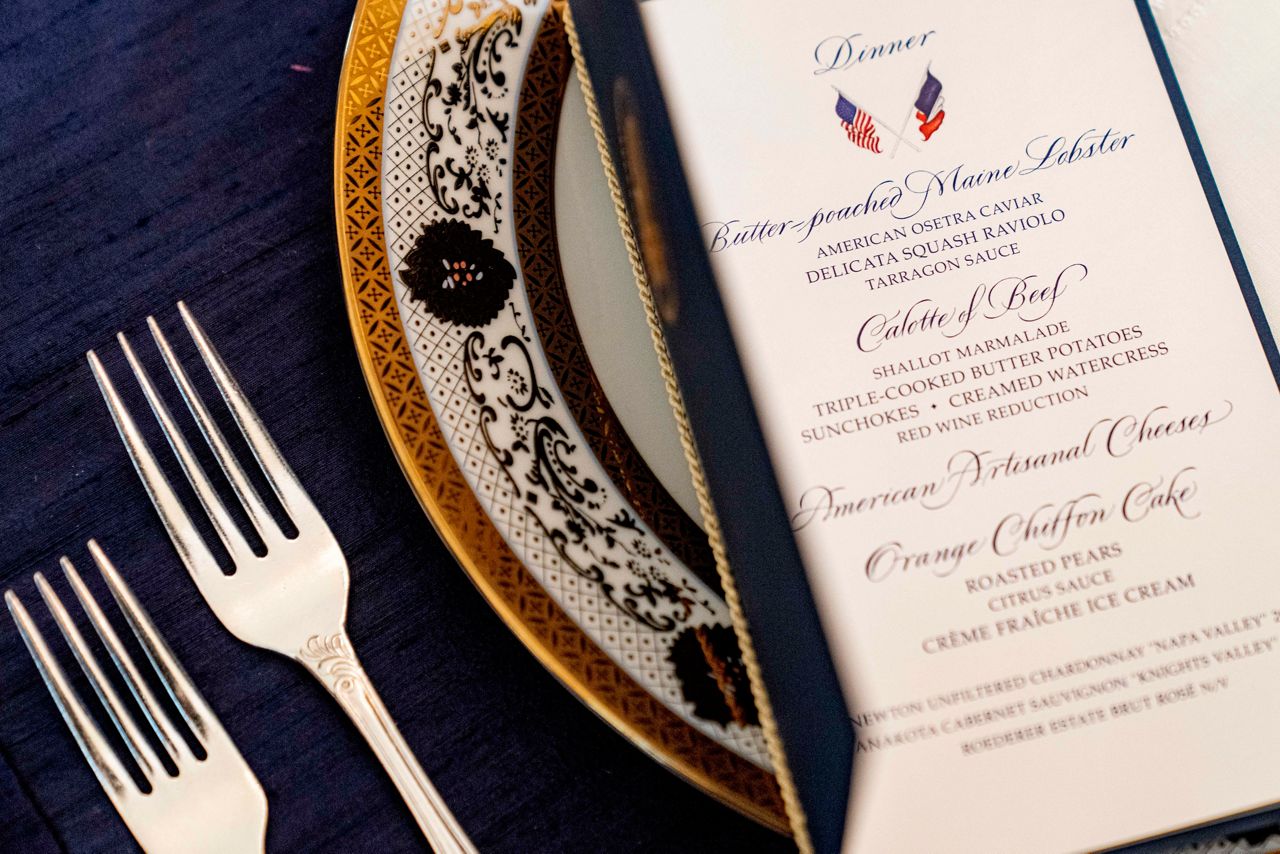

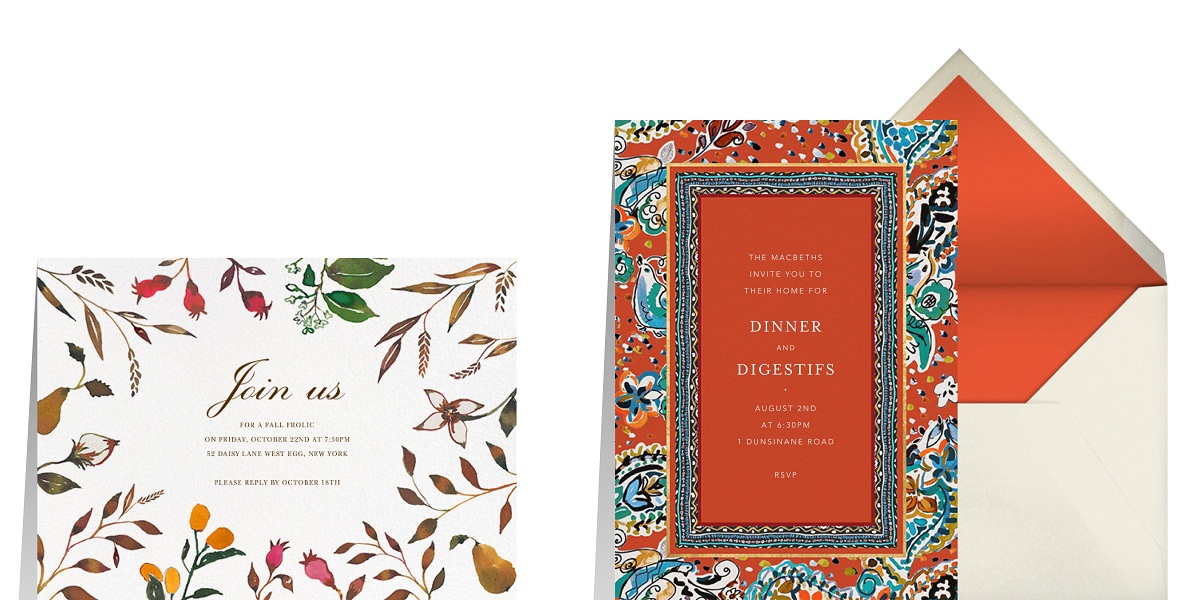

0 thoughts on “How To Write Hosting Details On A Rehearsal Dinner Invitation”